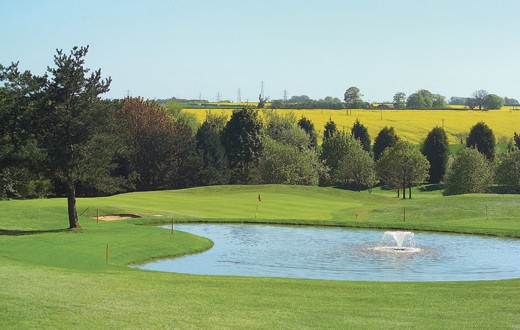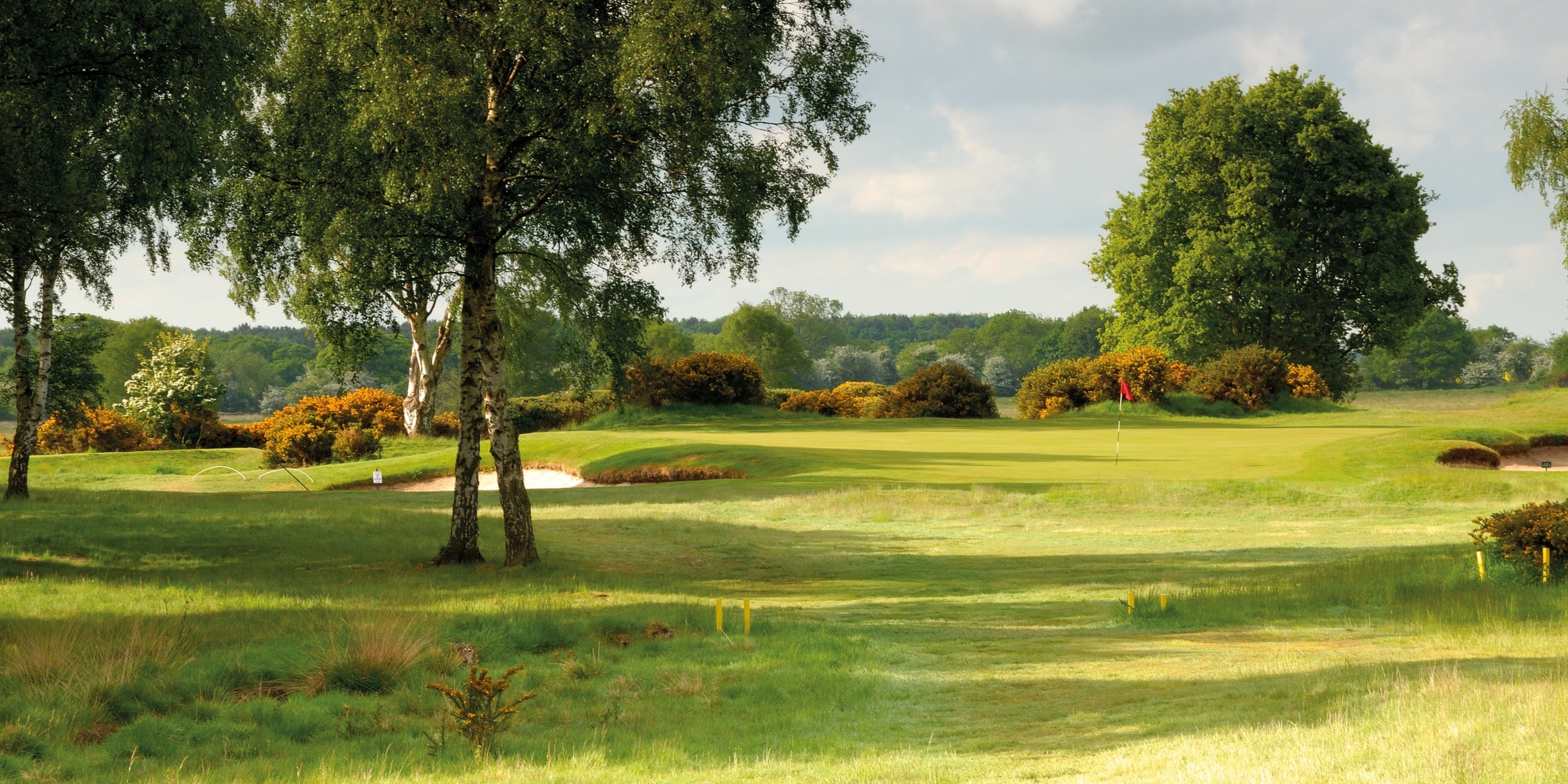
Hessle Golf Club
Hessle Golf Club | NCG Top 100s
The first thing you need to know about Hessle is that it is not in Hessle. The original course, which dates back to the 19th century, was lost when a road was needed to access Hull’s new Humber Bridge in the 1970s.
So the club moved a few miles north to Raywell, where a new layout was designed by Dave Thomas and Peter Alliss and opened for play in 1975. In the 1990s, a programme to rebuild the greens to USGA specification was undertaken and so today it is a modern and rapidly maturing parkland course.
Things are changing at Hessle, with the professional and secretary, both of whom had served the club since before the move, taking retirement.
With a forward-thinking approach and a notably strong scratch team (we played with Yorkshire and England’s Paul Lockwood, an 18-year-old, +3-handicapper) the future looks bright.
Considering 30 years ago there was little beyond saplings lining the fairways, Hessle now has a remarkably mature appearance.
The land is undulating but never severely so and, apart from the trees, further protection is provide by doglegs, a little bit of water and, more than anything, the contouring of the new greens.
Take the short 2nd, 200 yards from the back tees and with a long green that has a shelf at the back that provides easily the most challenging pin position.
In the summer, short side yourself or even just finish above the hole and you can quickly find yourself in trouble.
Both nines have two par 5s and two 3s, and each finish in front of the clubhouse, making for a well-balanced course.
The par 5s, the longest of which is 516 yards, do offer the chance to pick up a shot or two, as do a couple of short 4s, but nor are they without defences.
A good example is the 7th hole, which measures 350 yards from the whites, but with a small green that cannot be seen from the tee, and which needs to be approached from the left half of the fairway.
The land is undulating but never severely so and, apart from the trees, further protection is provide by doglegs, a little bit of water and, more than anything, the contouring of the new greens.
Top Holes by Paul Lockwood:
4th 400 yards, par 4 It always plays a bit longer because it is uphill, especially on the approach. The green has a back level and if you find the wrong tier then it’s all too easy to take three putts. 6th 405 yards, par 4 With a pond at driving distance on the right, you have to play safe off the tee and that makes for a longer second than you might like. The green is tricky too. 16th 203 yards, par 3 The combination of an elevated tee and a prevailing headwind makes judging the wind very difficult and there’s water if you come up short. Three is an excellent score.Course Reviews

0.0 | 0 reviews



